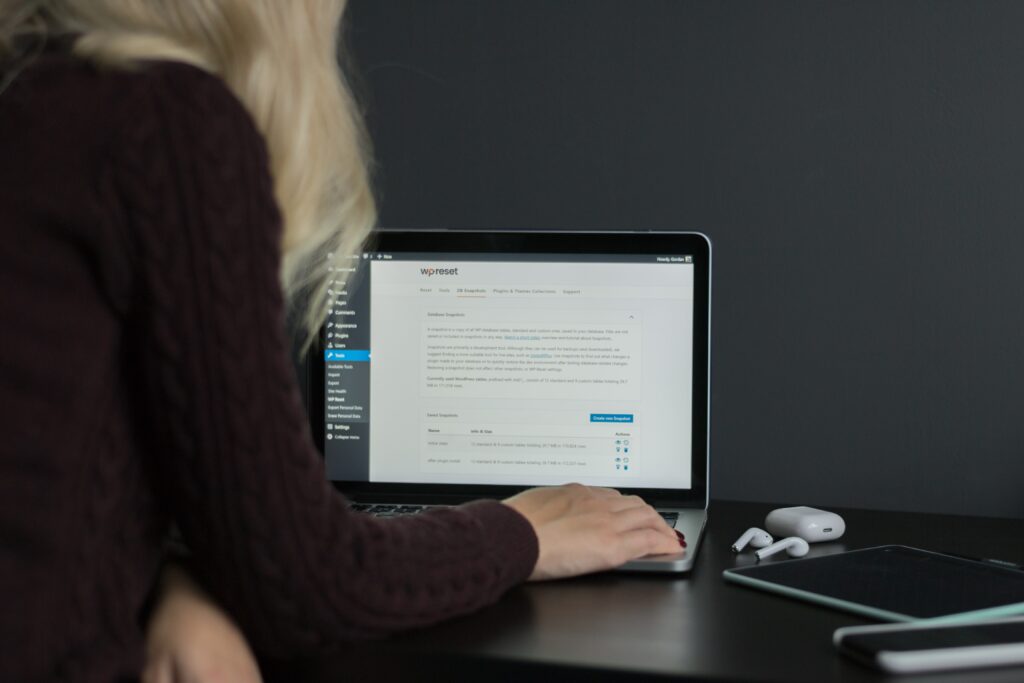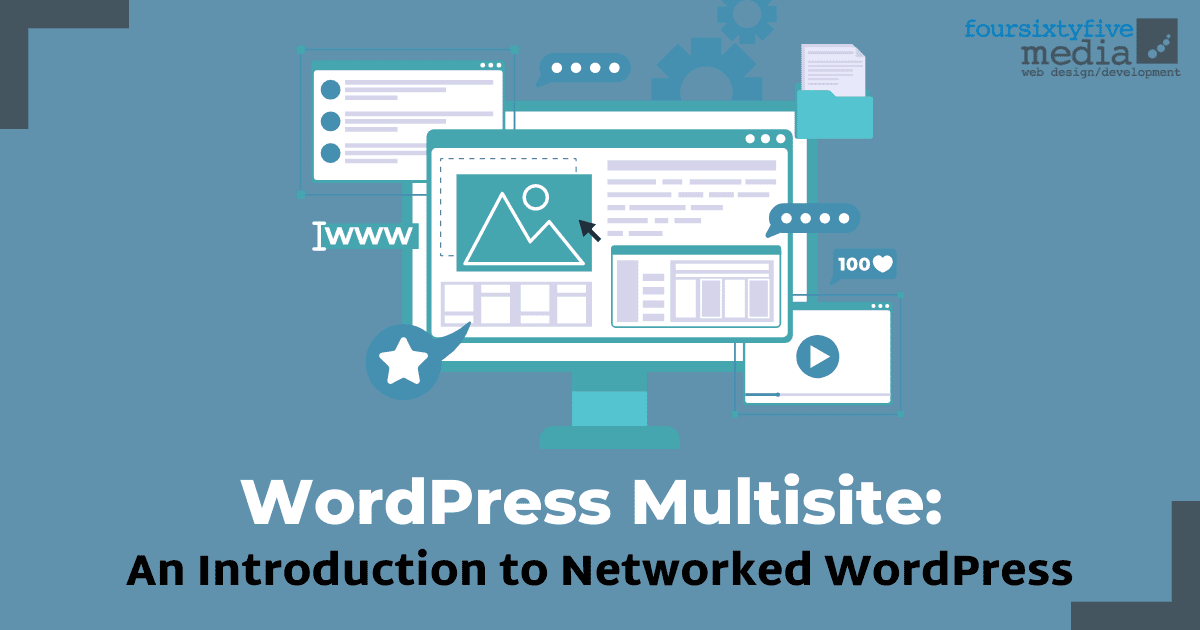WordPress is a popular content management system (CMS) that enables you to create a website or blog on your own or as part of a network of sites. A networked WordPress site refers to a site that is hosted on the same server as other WordPress sites, allowing you to share content and manage your site’s content centrally. This article will provide an introduction to WordPress multisite, outlining what it is and how it works.
What Is WordPress Multisite?
WordPress multisite is a feature of the core WordPress software that enables you to create a network of independent blogs or websites. Each site in the network can be managed independently via its own administrator account and its own blog posts, themes, comments, and followers.

How to Set Up WordPress Multisite?
To set up a WordPress multisite, first you’ll need to create a new WordPress site. You can use any of the existing WordPress sites as your starting point, or you can create a new site using the WordPress installer plugin. Once you have created your site, you’ll need to activate the multisite feature. To do this, go to Settings→Site Settings→Multi-Site and choose Enable Multi-Site.
Now that the multisite feature is enabled, you’ll need to configure it by following these steps:
1. Define which blogs or websites will be included in the network. This can be done by adding a new blog or website to your list of networks in the Network menu in the admin area of your site.
2. Define the settings for each individual blog or website in your network. These settings will include the name of the blog or website, the domain name (if different from yourdomain.com), and the blog or website’s administrative privileges.
3. Add any custom post types and taxonomies that you want to use on your networked blogs or websites.
Once you have completed these steps, your networked WordPress sites are ready to go!
What Are Some Benefits of Using WordPress Multisite?
There are a number of benefits to using WordPress multisite, including:
Improved blog management: Each site in the multisite network can use its own blog theme and configuration, making it easy to create personalized blogs.
Easier site sharing: Share content between sites in the multisite network by posting articles to individual blogs or by copying and pasting content from one blog into another.
Central content management: Conduct all your site administration from a single location, using the same settings for each site in your network.
Reduced server load: Each site in a WordPress multisite network uses its own set of posts. This reduces the load on your server, making it more responsive to user requests.
Improved security: Each site in a WordPress multisite network is separate and independent, meaning that it is less likely that content from one site will be accessed by another.
How Can I Connect My Existing Site To My New WordPress Multisite?
If you currently have a WordPress website hosted on a server, you can connect it to your new WordPress multisite network by following these steps:
1. Log in to your WordPress site as an administrator.
2. Click on the Settings link at the top of the screen and then click on the Media tab.
3. Select the Add Media button and browse to the directory where your site’s media files are located.
4. Select the files you wish to include in your WordPress multisite network and click on the Upload Files button.
5. Add any additional required settings, such as a blog name and description, and then click on the Save Changes button.
6. Your site is now connected to your WordPress multisite network, and you can start adding content to your individual blogs.

How Can I Connect My Existing Blog To My New WordPress Multisite?
If you do not have a WordPress website hosted on a server, you can connect your blog to your new WordPress multisite network by following these steps:
1. Log in to your blog as an administrator.
2. Click on the Add New post button and enter a title for the post.
3. Enter a description of the post and click on the Publish button.
4. Your post has now been published to your blog, and it will be available in addition to any posts published by other bloggers in your WordPress multisite network.
5. To add a link to your blog from your WordPress site, click on the Blogroll link at the top of the post screen and select your blog from the list.
6. To add a link to your blog from another site, copy and paste the URL for your blog into a web browser window.
7. Your blog is now connected to your WordPress multisite network, and you can start adding content to your individual blogs.
What Are Some Additional Considerations When Setting Up a WordPress Multisite?
When setting up a WordPress multisite, there are a few additional considerations that you should take into account, including:
Security: Make sure to install the latest security patches and updates on your server in order to ensure maximum security for your sites in the network.
Performance: Maximize the performance of your multisite by tuning its settings carefully.
Hosting: Choose a hosting plan that is compatible with a WordPress multisite network.
Regular site backups: Make regular backups of your site’s content and settings in case something goes wrong while you are setting up your multisite.
How Many Sites Can WordPress Multisite Handle?
At this time, it supports only up to 255 sites. If you want to add more sites, you will need to reconfigure your WordPress multisite network using the built-in migration plugin or by exporting and importing your site’s content and settings.
Conclusion
Now that you have a better understanding of how a WordPress multisite network works, it is time to begin adding sites to your network. With careful planning and optimization of your settings, you can make your WordPress multisite the envy of your blogosphere.
If you have any questions about setting up or using a WordPress multisite network, please do not hesitate to contact 465Media. We would be happy to help you out.




